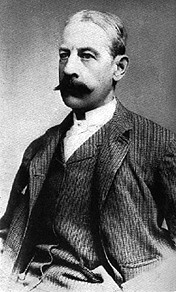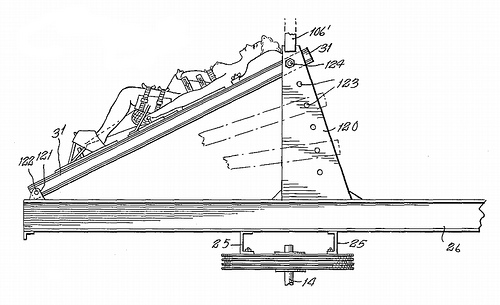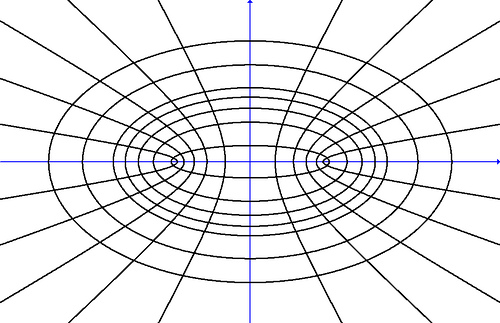
To the Editor of the Herald:
I am anxious to find out the way to figure the temperature from centigrade to Fahrenheit and vice versa. In other words, I want to know, whenever I see the temperature designated on the centigrade thermometer, how to find out what it would be on Fahrenheit’s thermometer.
Old Philadelphia Lady
Paris, December 24, 1899
That’s reasonable enough, right? It ran in the Paris Herald on Dec. 27, 1899.
The curious thing is that it also ran on Dec. 28, and Dec. 29 … and every day thereafter for 18 years, a total of 6,718 times.
Publisher James Gordon Bennett never gave a reason — he only told colleague James B. Townsend that “just so long as there was an average income of jocose but more often indignant and abusive letters about this letter at the Paris Herald office he would continue to publish it.”





